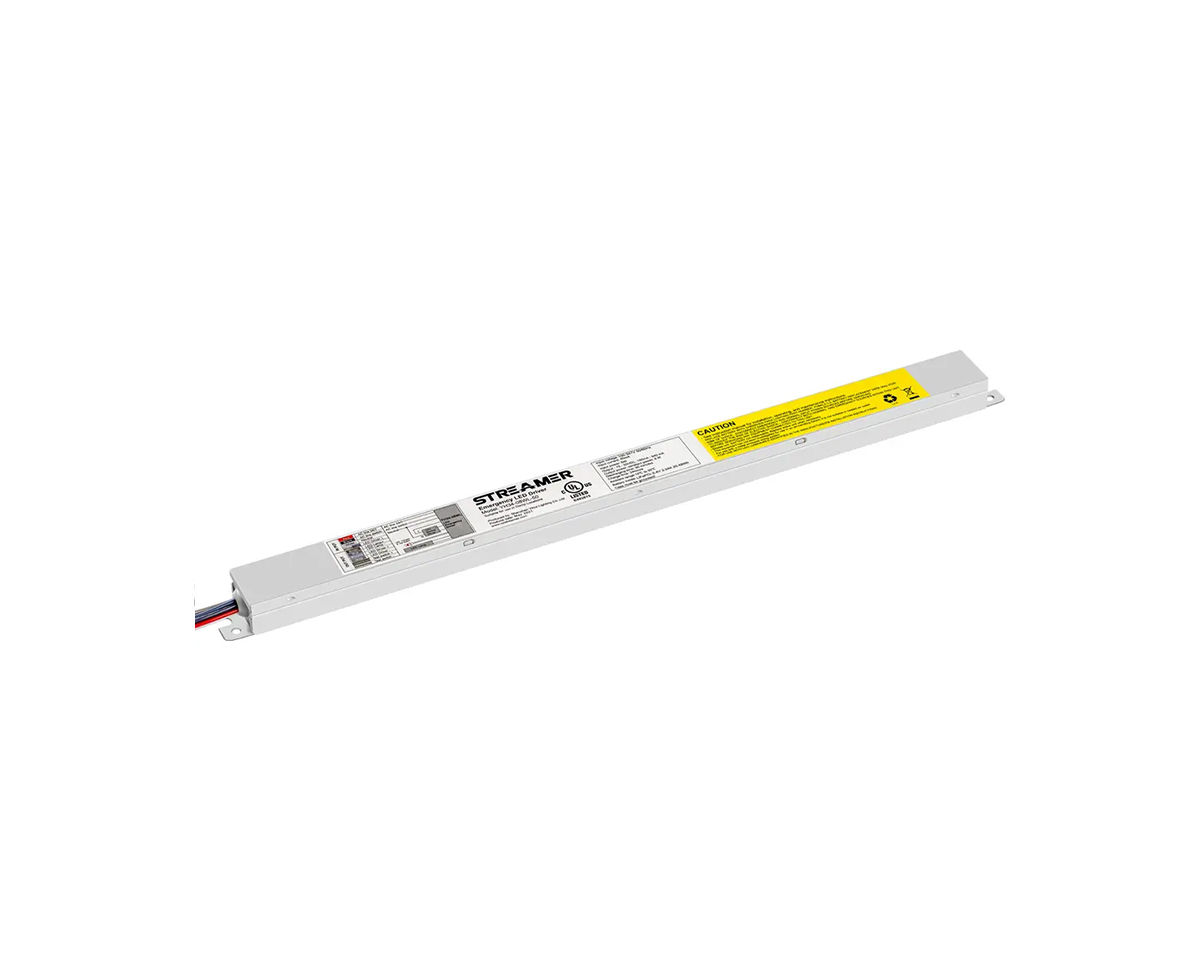 1
1
 Mar 03, 2025
Mar 03, 2025

The remote monitoring function of the Streamer BBU is a valuable feature that allows network operators to manage and maintain the BBU without being physically present at the site.
Real - Time Performance Monitoring
Network operators can use the remote monitoring system to track the real - time performance of the Streamer BBU. Metrics such as throughput, latency, and error rate can be continuously monitored. For example, if the throughput of a particular BBU suddenly drops, the operator can quickly identify the issue through the remote monitoring interface. This could be due to a hardware malfunction, a software bug, or an overload of network traffic. By having access to real - time data, operators can take immediate corrective actions, such as adjusting the network configuration or scheduling maintenance tasks. The remote monitoring system also provides historical data, allowing operators to analyze trends over time. They can identify patterns of performance degradation during certain times of the day or in response to specific events, which can help in proactive network planning.
Fault Detection and Alerts
The remote monitoring function is equipped with fault - detection mechanisms. It can automatically detect hardware failures, such as a malfunctioning power supply or a faulty network interface card in the BBU. When a fault is detected, the system sends out alerts to the network operations center. These alerts can be in the form of emails, text messages, or push notifications. The operator can then remotely diagnose the problem and determine the best course of action. In some cases, simple software - based solutions can be implemented remotely to fix the issue. For more complex problems, the operator can dispatch a technician to the site with the necessary information about the fault, reducing the time required for on - site diagnosis and repair.
Configuration and Management
Network operators can remotely configure and manage the Streamer BBU through the monitoring system. They can update the software, change network settings, and adjust parameters related to signal processing. For example, if a new software patch is released to improve the performance or security of the BBU, the operator can remotely initiate the update process. This eliminates the need for technicians to visit each BBU location, saving time and resources. The remote configuration also allows for quick adaptation to changing network requirements. If a particular area experiences a sudden increase in user density, the operator can remotely adjust the BBU's resource allocation settings to meet the higher demand.